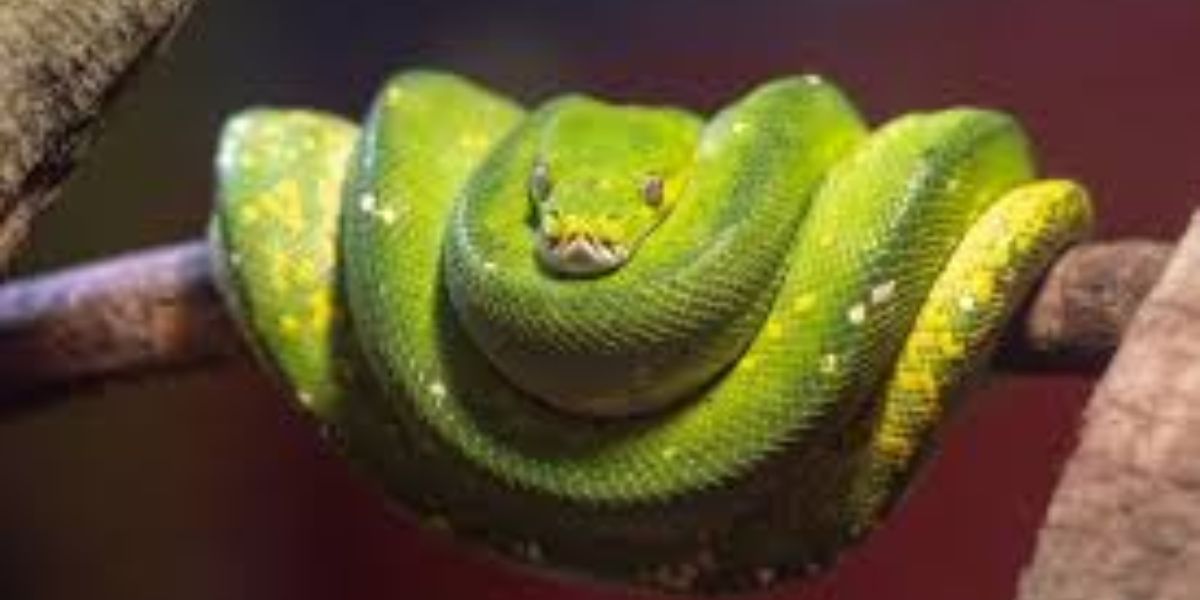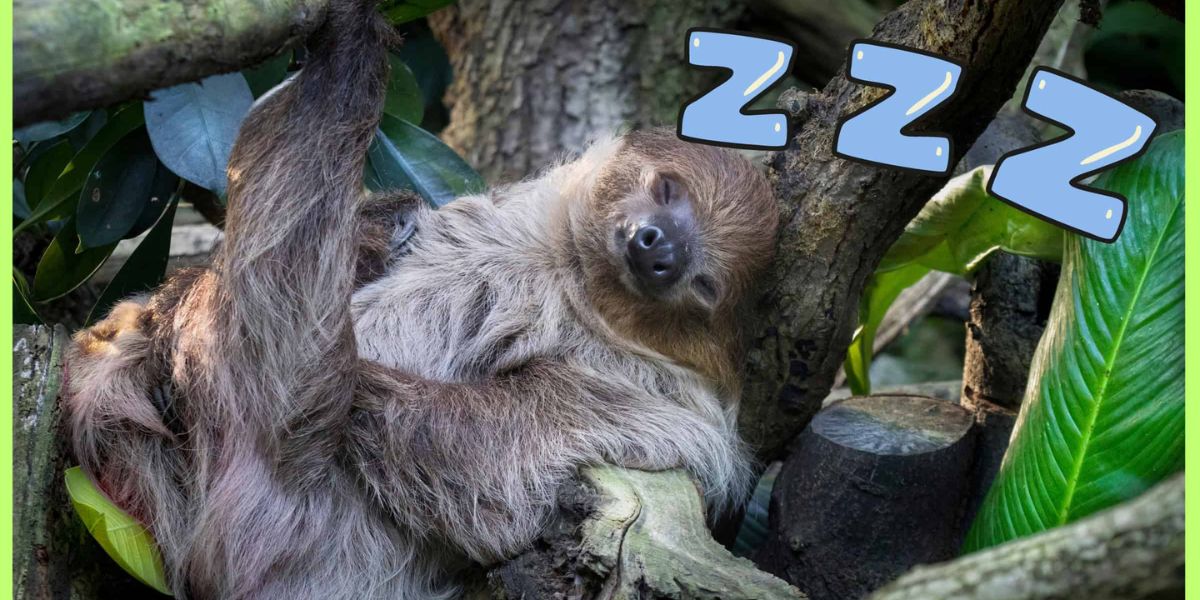From slow-moving sloths to dozing desert dogs, the animal kingdom is full of creatures that take their rest very seriously. While humans typically need about 7 to 9 hours of sleep a night, some animals nap for over 20 hours a day—and they’re not shy about it. Whether they’re curled up in burrows, hanging upside down, or floating in the ocean, these animals have made snoozing a true art form.
Here are ten animals that take sleeping to a whole new level.
1. Koala – Australia’s Fuzziest Sleep Enthusiast
Koalas may look alert and adorable, but they spend up to 22 hours a day sleeping. Why so much shut-eye? Their eucalyptus-based diet is low in energy, so koalas conserve fuel by napping extensively. They usually sleep perched in tree branches, tucked into the crook of a limb like a fuzzy gray puzzle piece.
2. Sloth – The Sleep Symbol of the Rainforest
Sloths are famous for their sluggish movements and laid-back lifestyle. Wild sloths sleep up to 15 hours per day, while those in captivity can snooze even longer. They’re most comfortable dangling upside down in trees, often dozing with such stillness that moss literally grows on their fur.
3. Little Brown Bat – Upside-Down Power Napper
These tiny mammals may be light in weight, but they sleep like champions. Little brown bats can rest for a whopping 20 hours daily, hanging upside down in caves or attics. This extended sleep is also a way for them to conserve energy, especially during colder months when food is scarce.
4. Python – Coiled and Comatose

As cold-blooded reptiles, pythons don’t burn energy the same way mammals do. They’re known to sleep up to 18 hours a day, often after consuming a large meal. Digesting a whole animal takes serious time—and while doing so, the python stays almost motionless, hidden in its cozy coil.
5. Giant Armadillo – The Underground Snoozer
This armored insect-eater from South America logs around 18 to 20 hours of sleep a day. Most of that slumber takes place underground, where it hides in burrows to avoid predators and scorching temperatures. Despite its rugged appearance, the giant armadillo is one of nature’s most committed nappers.
6. Tiger – The Jungle’s Sleepy Royalty
Don’t let the fierce stare fool you—tigers are serious sleepers. These majestic big cats rest 16 to 20 hours per day, conserving their strength for hunting. Whether sprawled out in shade or hidden in tall grasses, tigers sleep with style and purpose, conserving energy between powerful bursts of activity.
7. Opossum – The Playing-Dead Dozer

North America’s only marsupial, the opossum, is known for its clever “playing dead” defense—but in real life, it just loves to sleep. Opossums snooze for up to 18 hours a day, typically inside dens, attics, or burrows. Their solitary and nocturnal nature only adds to their sleepy reputation.
8. Cat – Your Purring Nap Professional
It’s no secret that domestic cats are pros at napping. The average cat sleeps between 12 and 16 hours daily, though some lazy felines can clock over 20. Cats are crepuscular, meaning they’re most active at dawn and dusk, so midday is perfect for a series of deep and dreamy naps.
9. Lemur – The Island Dreamer
Found only on Madagascar, lemurs are social primates with big eyes and a big appetite for sleep. Some species, like the fat-tailed dwarf lemur, can hibernate for months, while others nap for up to 16 hours a day. They often sleep in tree hollows, curled up tightly in family groups.
10. Walrus – The Ocean’s Oversized Napper
Walruses, massive and wrinkly as they are, enjoy long underwater snoozes. These marine mammals can sleep up to 19 hours, sometimes floating in the water with their heads bobbing above the surface. They also rest on ice floes or beaches in tight herds, conserving energy for their long feeding dives.
Why Do These Animals Sleep So Much?
Extended sleep isn’t just laziness—it’s a biological necessity. Animals sleep for different reasons: conserving energy, avoiding predators, digesting food, or surviving harsh environments. Those with low-calorie diets, like koalas, or cold-blooded metabolisms, like snakes, require more downtime. In many cases, long sleep is key to survival.
Conclusion
Whether they’re curled in burrows, hanging upside down, or floating in the sea, these animals remind us that sleep is one of nature’s most vital rhythms. In a world that often glorifies busyness, the animal kingdom proves that sometimes, the best thing you can do is slow down—and take a nap.






